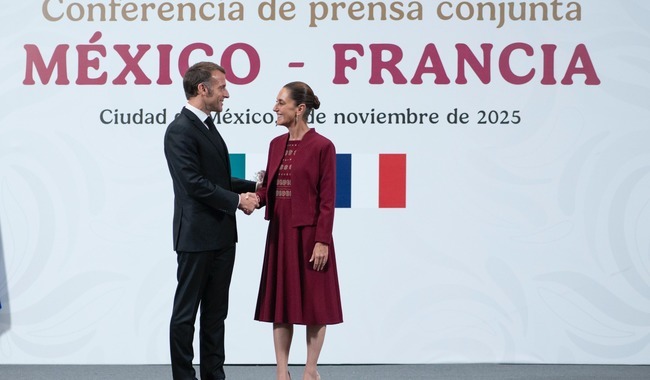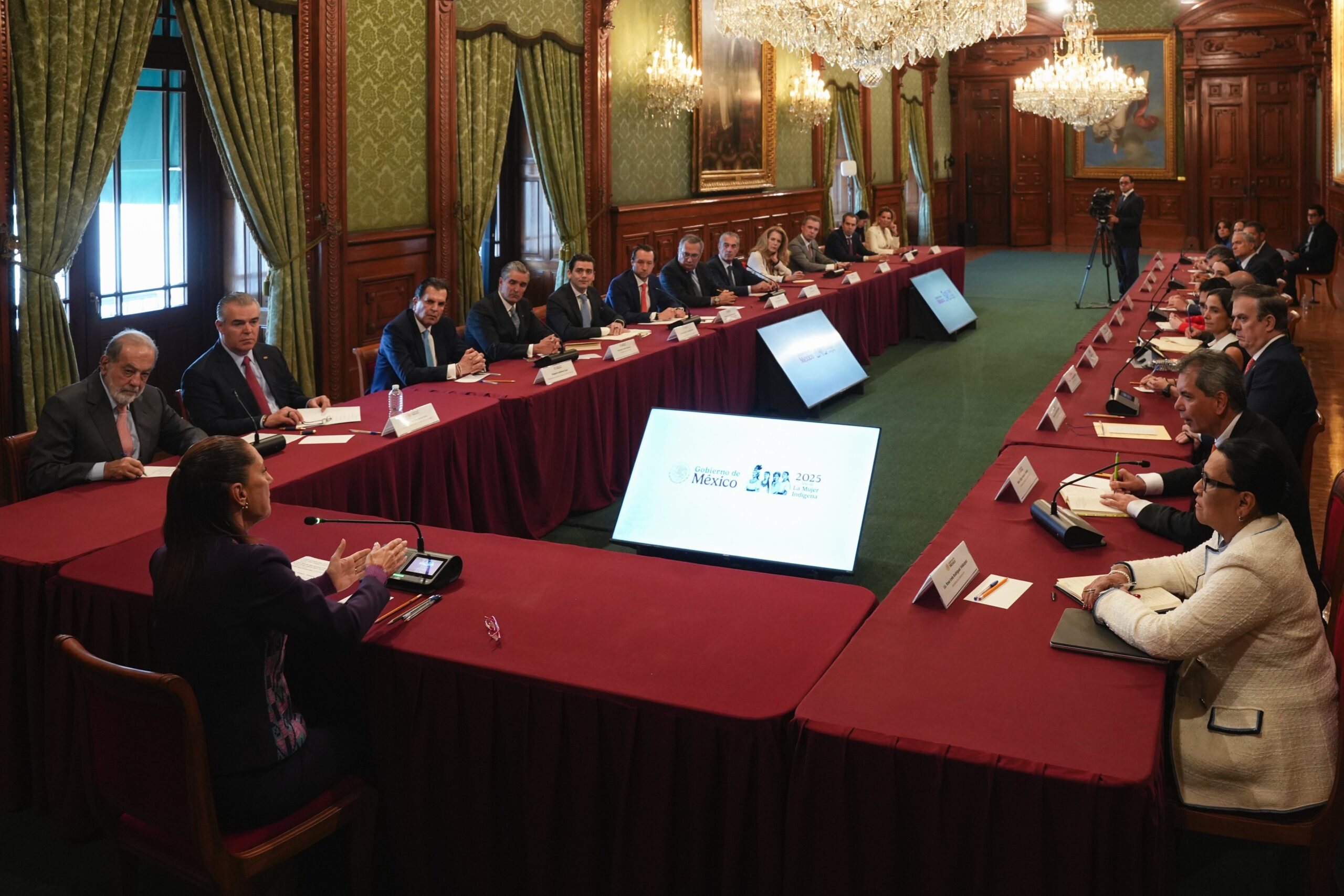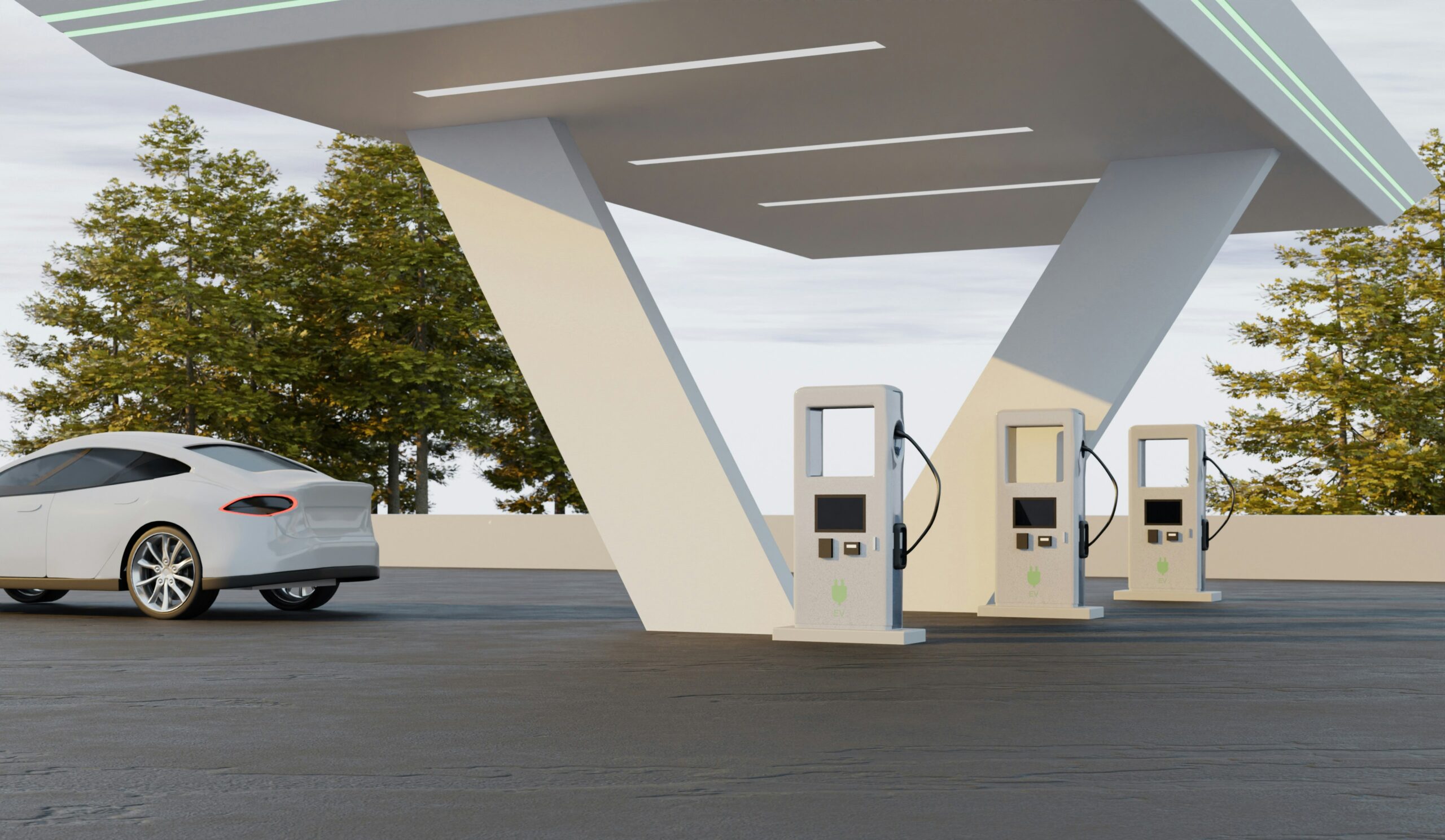Solving from the Local Level: the Critical Role of Municipalities

Solving from the Local Level: The Critical Role of Municipalities
In Mexico, the national landscape is marked by complex challenges that are unlikely to be resolved in the short term, such as trade pressures from the United States, migration conflicts, and persistent violence in much of the territory. In this context, it is essential to recognize the importance of municipal governments in resolving local problems that directly affect people’s daily lives and where results can be achieved even in times of uncertainty.
Municipalities are responsible for providing essential services such as water, sanitation, lighting, waste collection, road and park maintenance, among others. Good or bad management of these services has an immediate impact on the quality of life of the population. The quality of management by mayors, therefore, is fundamental to addressing local demands. But what is required for effective management?
Various international organizations specializing in municipal management agree that, in addition to forming competent technical teams, designing effective public policies, and investing intelligently in the real priorities of each locality, there are specific capabilities that distinguish the most successful mayors, such as the following.
Understanding Challenges in a Multidimensional Way
The mayors who achieve good results understand the multidimensional logic of the challenges existing in the territories they govern. That is, they understand the interrelationships and economic, social, environmental, etc. implications among the sectors in which a municipal government can have an impact. This allows them to develop comprehensive solutions from which they can mobilize support and resources more effectively.
For example, the construction of pedestrian and bicycle infrastructure not only improves air quality by reducing polluting emissions, but also encourages physical activity, which has direct benefits for public health, and helps reduce vehicular traffic, which, in turn, increases labor productivity by reducing time lost in commuting. Thus, promoting pedestrian and bicycle mobility not only generates mobility benefits but also environmental, social, and economic benefits.
This comprehensive vision allows mayors to coordinate efforts with different levels and sectors of government — such as public works, health, and economic development for the previous example — in addition to presenting their proposals to citizens in a clear manner and with a certain sense of urgency, which facilitates their acceptance and execution.
More Articles

Buen Fin 2025 in San Luis Potosí: How Much Did Potosinos Spend and What Did They Buy?
Nov 19, 2025

Salles Sainz Grant Thornton: Leadership that Transforms the Client Experience
Dec 1, 2025

Mexico and France Agree to Strengthen Commercial Ties
Nov 9, 2025

Vehicle Production and Export in Mexico: How is BMW Performing in 2025?
Nov 7, 2025

Who Forms the Investment Promotion Business Council? Convened by Sheinbaum
Dec 4, 2025

Aguascalientes: Challenges to Consolidate its Electromobility Network
Nov 10, 2025
